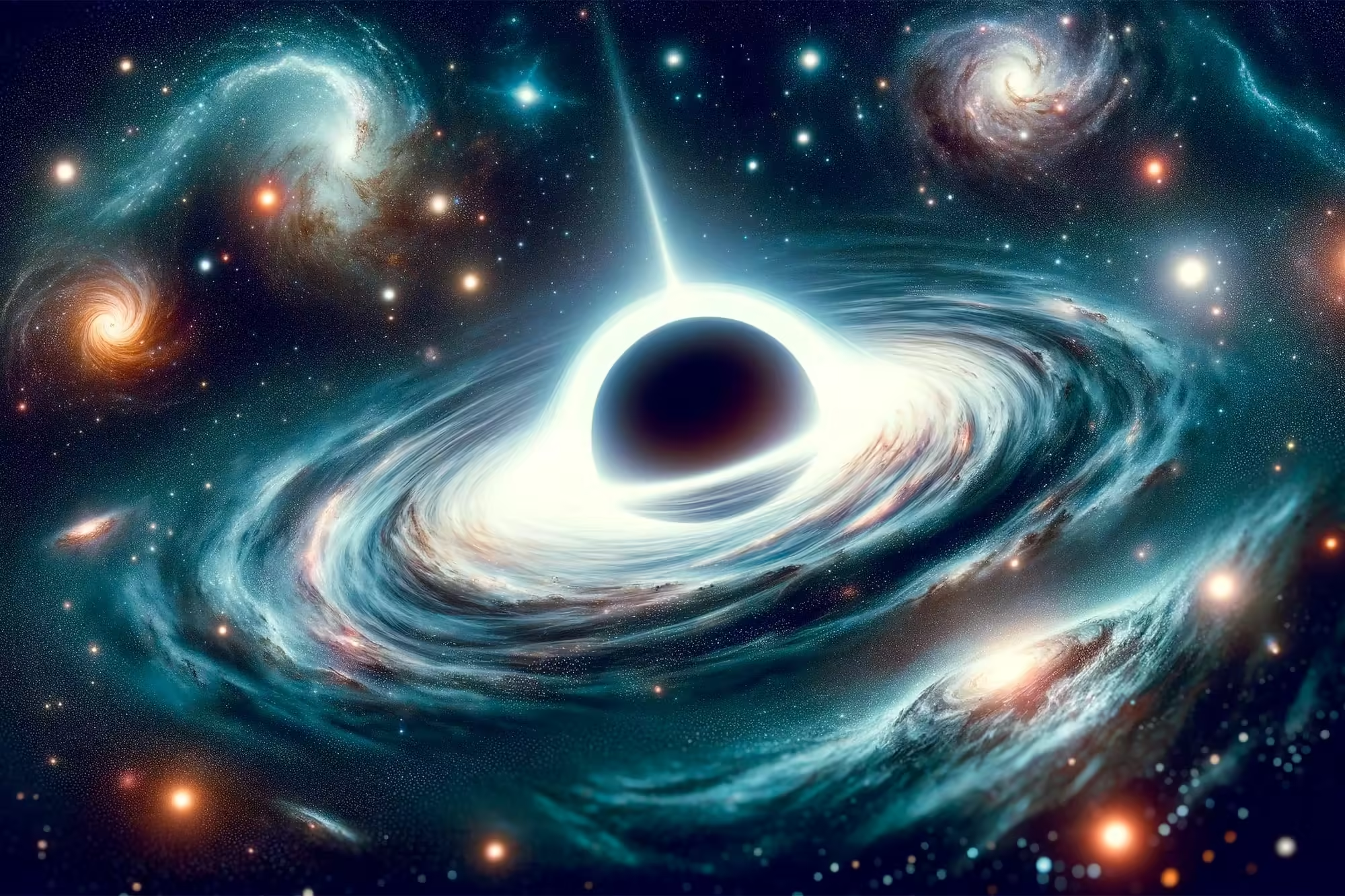Astronomers have identified a fascinating discovery within the Omega Centauri cluster, revealing compelling evidence of an intermediate-mass black hole lurking at its core. This cluster, which holds about 10 million stars and is believed to be the remnant core of a smaller galaxy assimilated by the Milky Way billions of years ago, has intrigued researchers for its unique stellar motions.
The intermediate-mass black hole detected in Omega Centauri is estimated to be at least 8,200 times the mass of our sun. Unlike the supermassive black hole Sagittarius A* at the Milky Way’s center, which is much larger with a mass of 4 million suns, this newly discovered black hole falls into a mid-range category, larger than stellar black holes but significantly smaller than the supermassive ones found in galactic nuclei.
Maximilian Häberle from the Max Planck Institute for Astronomy, lead author of the study published in Nature, emphasized the significance of this discovery in resolving debates about the existence of intermediate-mass black holes. These elusive objects have been theorized but challenging to detect due to their smaller gravitational influence compared to supermassive black holes.
The detection was made possible through meticulous analysis of Hubble Space Telescope data spanning two decades, focusing on the gravitational effects on seven rapidly moving stars near the black hole. This method provided crucial insights into the black hole’s presence and characteristics.
The researchers speculate that the intermediate-mass black hole originated from the early collision and merging of massive stars within the smaller galaxy before it merged with the Milky Way. This process, occurring when the Milky Way was much younger, halted the black hole’s growth phase, leaving it in its current intermediate-mass state.
Understanding these mid-sized black holes could shed light on the formation mechanisms of supermassive black holes found in the centers of galaxies. They are believed to serve as the seeds from which supermassive black holes evolve over cosmic timescales, influencing the growth and dynamics of galaxies throughout the universe’s history.
As astronomers continue to probe deeper into the mysteries of black holes, discoveries like the one in Omega Centauri provide crucial insights into the cosmic evolution and structure of galaxies.



